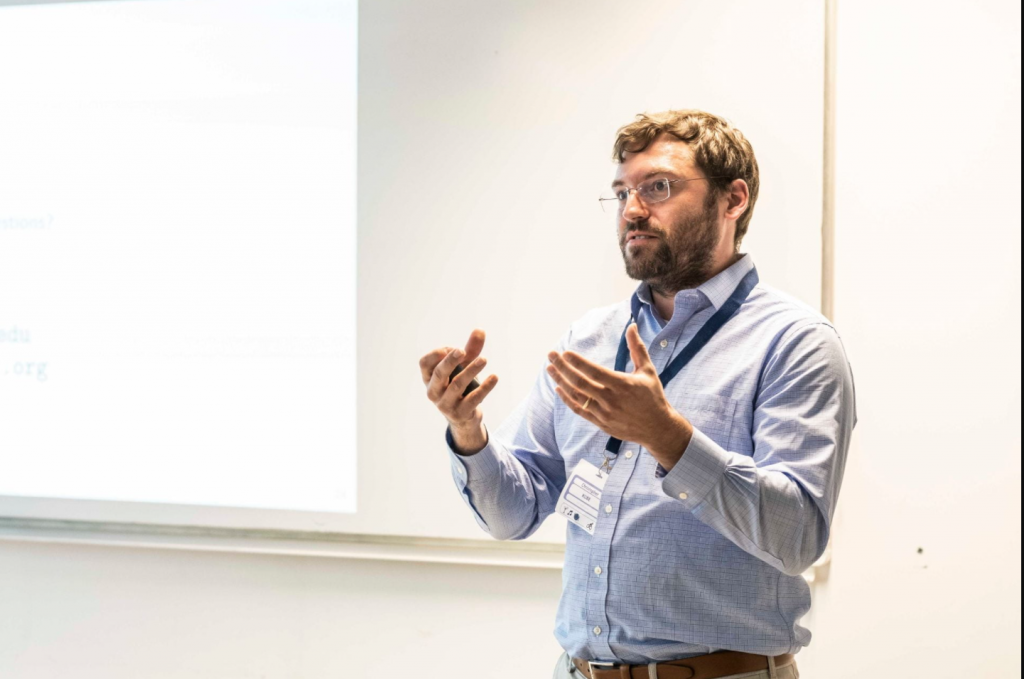
A new software tool can accelerate materials science research by cutting out tedious background research on material properties. Developed by Penn State and Sandia National Laboratories researchers, propSym is an open-source software on the programming platform MATLAB that calculates the fundamental constants needed to describe the physical properties of solids, such as metals, ceramics or composites.
Turning hard problems into easy ones
According to Dr. Christopher Kube, assistant professor of engineering science and mechanics at Penn State University and leader of the project, the propSym program helps reduce the complexity in modeling material behavior. Researchers input a material’s physical characteristics and structure, and the program produces its fundamental property constants — key values researchers need to model various materials. For example, if you start with a model containing 100 variables, after running the model through propSym, the number of variables might be reduced to only a couple. Thus, propSym can turn a hard problem into an easy one.
“I’m excited to see propSym used to help the future material scientists and engineers, who will have a vital role throughout industry in the years to come.”
“propSym is important to companies who want to develop new technology based on physical behavior of materials,” Kube says. “For example, piezoelectric materials are a class of materials commonly used in applications involving actuation, sensing and energy harvesting. propSym can be used as a tool to help model the behavior of the material in these applications.”
Kube indicates that propSym is particularly well-suited for coupled material properties, which are challenging to model and optimized for certain applications. Additionally, propSym can be used as a learning tool for undergraduate and graduate students learning about how material behavior is linked to the materials structure.

The researchers developed propSym, the details of which were published in the Journal of Applied Crystallography, after they could not find reliable information about langasite — a material used in sensing and energy harvesting devices — in a separate joint study with Sandia National Labs. Kube and his collaborators used propSym to determine the properties of langasite, such as elasticity and the ability to accumulate electric charge. But the program is not limited to those two properties alone.
“Penn State and my primary department, Engineering Science and Mechanics, have both done a great job in fostering a culture of collaboration across disciplines. Advice and tips on new ideas or alterations to existing ideas are incredibly close by.”
“I’m excited to see propSym used to help the future material scientists and engineers, who will have a vital role throughout industry in the years to come,” Kube says.
A culture of collaboration
The study and the development of propSym would not have been possible without the support and the resources available at Penn State University.
“Penn State and my primary department, Engineering Science and Mechanics, have both done a great job in fostering a culture of collaboration across disciplines. Advice and tips on new ideas or alterations to existing ideas are incredibly close by,” Kube adds.
Recent rankings of Higher Education Research and Development (HERD) compiled by the National Science Foundation lists Penn State University fourth nationally in the breadth and depth of its research enterprise, as measured by the number of top-10 rankings in key fields and subfields of science and engineering. Penn State ranked first nationally in materials science and second in materials engineering for the fourth consecutive year, demonstrating the university’s exceptionally strong position in materials research.
People interested in propSym can assess the program at chriskube.com/propsym.





